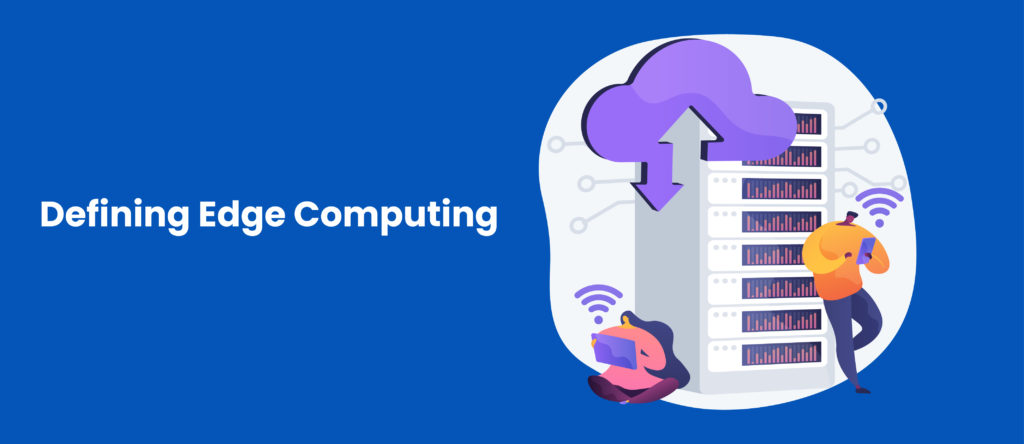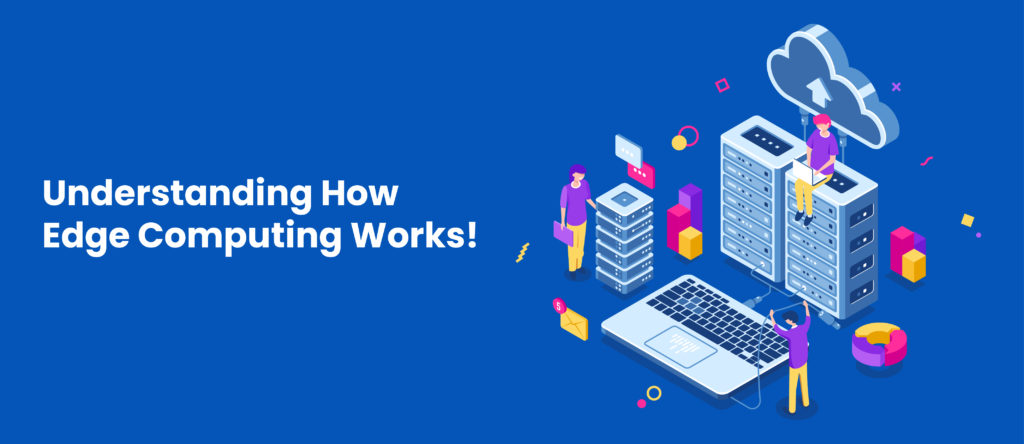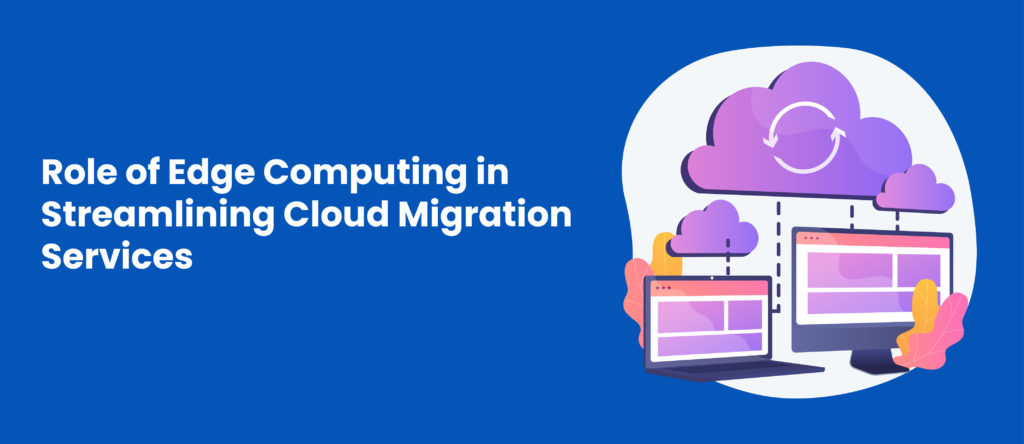Java Developer vs Python Developer
Python and Java are two popular programming languages that are both great and widely used. Despite their differences, they are both notable for their vast libraries and robust cross-platform support….
Enterprises in every corner of the globe are eagerly looking for cloud migration services as the world is gradually transitioning towards cloud-based platforms. As the market is changing faster, businesses are relying more on hybrid and multi-cloud strategies while effectively streamlining cloud migration for enhanced efficiency.
Despite the fact that global cloud services adoption is expanding, more and more companies are switching to edge computing to manage their computational challenges.
Every enterprise is moving towards modernizing its IT infrastructure by making a combo of core and cloud computing with edge computing during the cloud migration process. This has emerged as a hybrid model and an amazing cloud migration solution that can open new business opportunities along with transforming the data center.

The term ‘edge computing’ literally means doing the cloud migration on the edge. In Edge computing, the data computation process is done close to the data source, which eliminates the long multiple rounds process and at the same time, you do not have to rely on the cloud network too.
However, this doesn’t mean that you don’t need a cloud network at all! The data is now passing through the cloud but the cloud is now near to the data-generating source.
The edge computing approach reduces latency, boosts efficiency as the computation is performed locally from edge devices or local servers, and enhances real-time data processing. This approach is advantageous for apps that necessitate low latency, instant data analysis, and improved response time.
According to Statista, by 2025, the global edge computing market is estimated to reach 274 billion U.S. Dollars.

In traditional computing, the data is created at the client’s side i.e. the user’s computer. That data is then transferred to the place where data is stored, via the corporate LAN and then processed by enterprise application. Now, the results derived from this process are delivered back to the client’s end.
This whole cloud migration process is a time-tested approach and has demonstrated its effectiveness in client-server computing even for the most common enterprise applications.
In the current scenario, the volume of enterprise data is increasing rapidly and it is getting difficult for the traditional approach to manage the data.
A study carried out by Gartner predicts that 75% of the data generated by enterprises will be produced outside of the centralized data centers.
As the traditional data processes were not enough, the IT experts wanted to change the IT architecture. As a result, the IT architects moved their focus to the edge of infrastructure from the central data center. Their approach was simple – if you cannot get the data close to the data center, get the data center close to the location where the data is being produced. The whole idea of edge computing works around this approach.
With edge computing, the cloud migration process has become very effective as the data now becomes decentralized. This approach overcomes the barriers related to large volumes of data produced by the current enterprises. Not only the amount of data, edge computing also affects the time of the process and its response.

The most significant role that edge computing plays during cloud migration is cutting down latency. There are many real-time applications that rely on instantaneous data processing, such as remote monitoring, augmented reality, and video conferencing. With edge computing, the data processing occurs close to the data source, which results in reduced time as the time it needs to travel back and forth is eliminated.
When we talk about traditional cloud migration, it involves moving an enormous volume of data from on-premises to remote servers. Such data transfer necessitates significant bandwidth that may weaken network resources and lead to higher costs. Edge computing tackles this hurdle by processing data at the edge, which minimizes the necessity to transit enormous datasets. With edge computing, only relevant, analyzed, and summarized data is moved to the cloud optimizing the bandwidth.
There are many industries that need to adhere to strict data policies and compliance regulations. Sometimes these regulations decide where the data will get stored. Edge computing helps such enterprises to adhere these regulations by allowing local data processing. So, if you have any confidential data, it will stay within the boundaries of a specific geographical location, assuring compliance with regional data protection.
The concept of edge computing involves a decentralized framework that allocates processing capabilities across various localized data centers or edge devices. This can boost system strength and defect tolerance. So, if one node faces an error, other nodes can still continue to function, minimizing the risk of disruptions.
Edge computing functions as an additional layer of scalability during the cloud migration process. Enterprise data is constantly increasing and edge devices are meant to manage a part of the load, taking the load from centralized cloud resources. Enterprises can seamlessly scale their operations with this hybrid approach and effectively handle the spikes in demand and maintain optimal performance.
Enterprises often face several challenges during the cloud migration process, especially due to network disruptions or outrages. This is where edge computing jumps in and ensures that the process goes on uninterrupted even during a network failure or connectivity issues. Edge devices keep the process running and store the data locally until full connectivity is restored.
Edge computing can be a very effective cloud migration solution and overcome any challenges that the whole transition faces. With the advantages like minimizing latency, optimizing bandwidth, boosting data privacy, and many more, edge computing can play a very important role in streamlining cloud migration services. Enterprises that adopt edge computing have a high chance of strengthening their digital landscape.
Python and Java are two popular programming languages that are both great and widely used. Despite their differences, they are both notable for their vast libraries and robust cross-platform support….
Developed by Sun Micro systems in 1995, and currently owned by Oracle since 2010, Java is one of the most used programming languages by developers. Most of the applications and…
What is Angular Development? Angular is a web-application framework written in Typescript. It is led by the Angular team at Google, along with other individuals and corporations. Angular is by…
Let’s get in touch